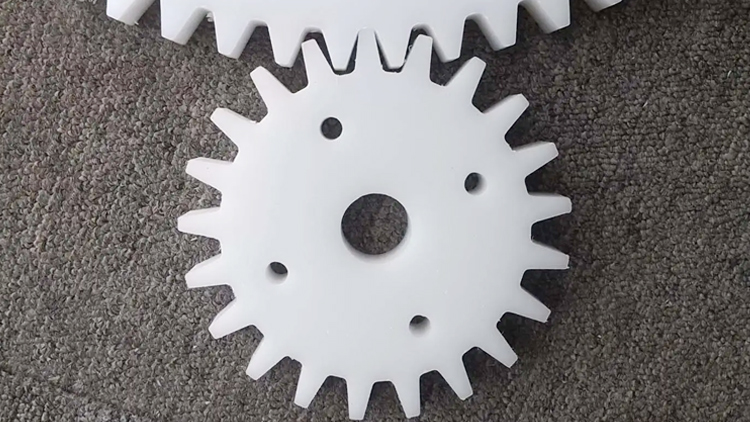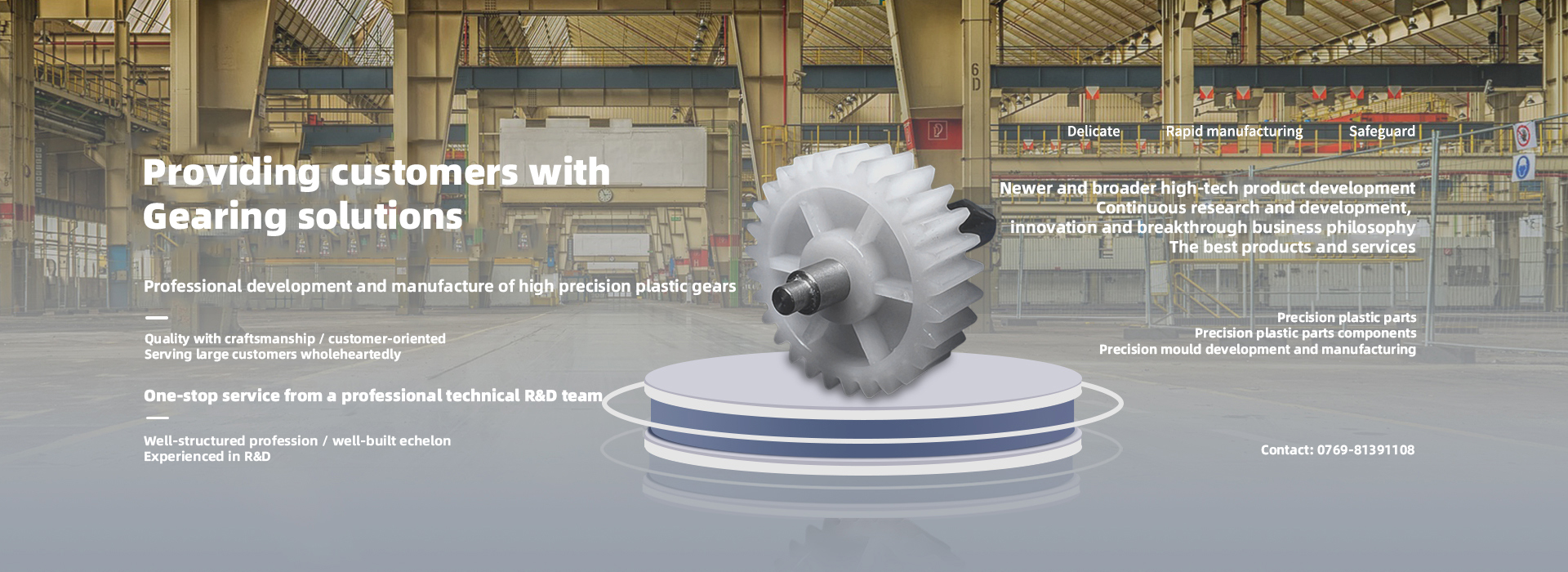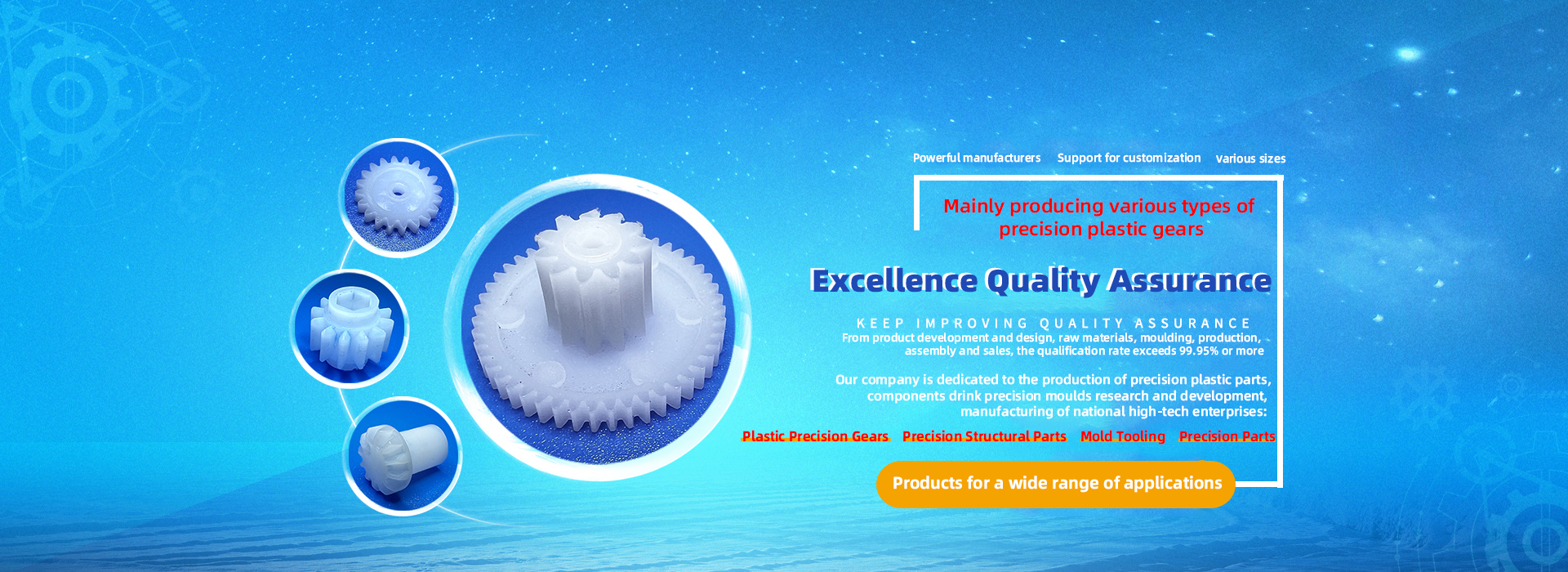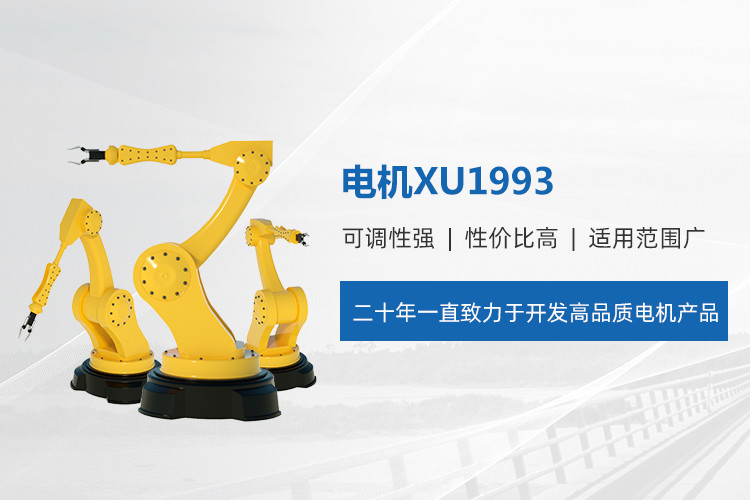What are the advantages and disadvantages of plastic gears?
What are the advantages of plastic gears and what are the disadvantages
The advantages of plastic gears are ease of manufacture, low cost, high efficiency and corrosion resistance. The disadvantage is strength. Generally used in applications where the forces are not large or where the transmission accuracy is not required and where costs have to be controlled.
Plastic gears are moulded and coaxiality is more difficult to guarantee, but tooth profiles are more accurate than metal gears because the accuracy of gear cavities machined by wire-cutting is higher than that of gear cavities machined with rolled electrodes.
Plastic gears have the advantages of light weight and low noise.
The large, continuous and repeatable shrinkage of engineering plastics in the mould cavity needs to be taken into account and compensated for when moulding and machining gears.
In general, the diameter tolerance of plastic gears is greater than that of metal gears.
Plastic gears are also used in a wide range of applications: photocopiers, printers, massage machines, everything that drives.
A fundamental difference compared to conventional gears is the method of manufacture. Whereas almost all metal gears are cut and ground, moulded plastic gears are machined from moulds.
Due to the differences in processing methods, plastic gears therefore have a high degree of coaxiality, and diameter accuracy is easier to ensure, plastic gears are moulded and coaxiality is more difficult to ensure.
However, the tooth profile is more accurate and stable than that of metal gears, as the accuracy of gear cavities machined by wire-cutting is higher than that of gear cavities machined with rolled electrodes.
Plastic gears have the advantages of self-lubrication, light weight and low noise, which are lacking in metal gears.















